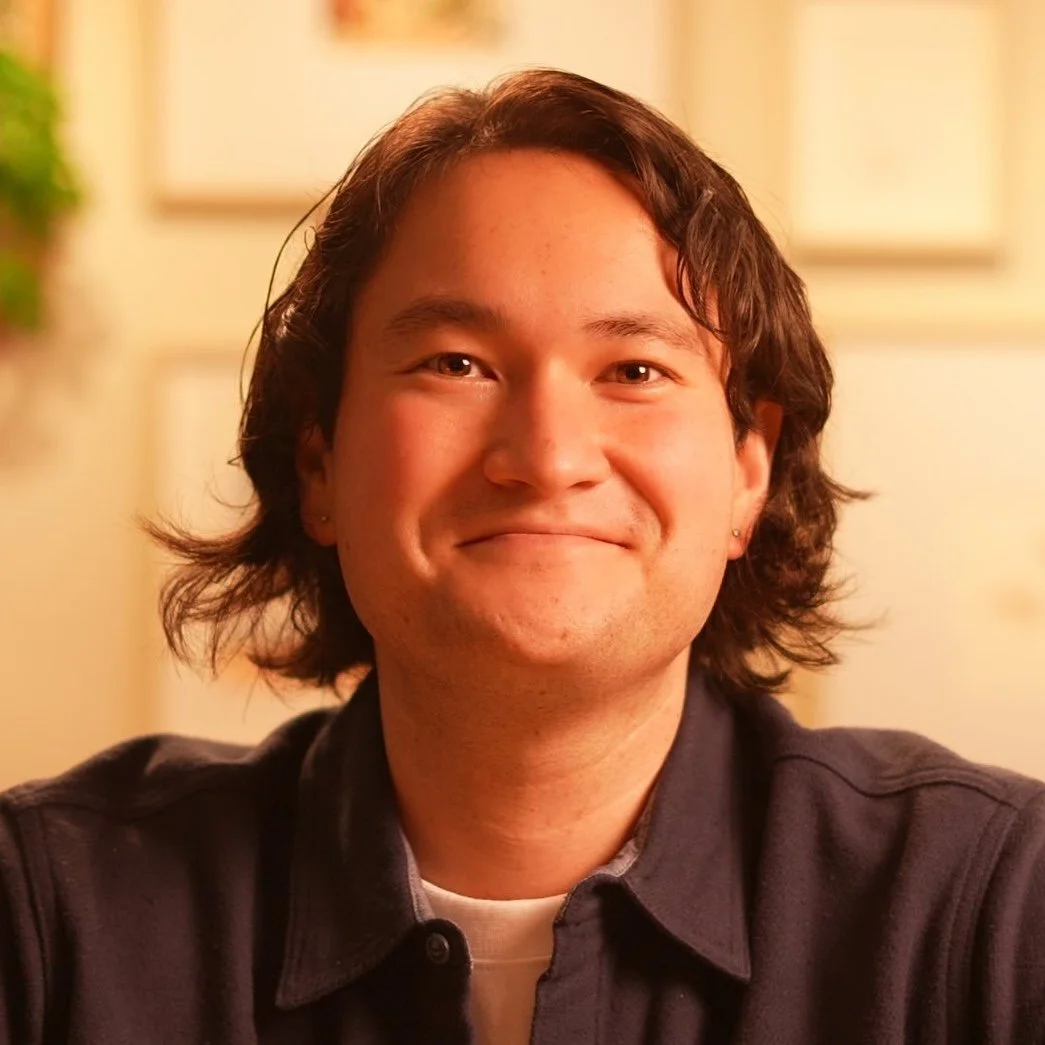Understanding Suicidality in LGBTQIA+ People: An IFS-Informed Approach to Hope, Healing, and Support
Suicidal thoughts among LGBTQIA+ people are tragically common—but they are not a sign that something is wrong with a person’s identity. Instead, decades of research from the U.S., Canada, Australia, New Zealand, South Korea, and Colombia shows that suicidality in LGBTQIA+ communities is driven by rejection, chronic stress, discrimination, trauma, and identity suppression.
This article offers a compassionate, trauma-informed explanation of why LGBTQIA+ people may feel suicidal and what can help—both for those experiencing these thoughts and for the people who want to support them.
How Common Is Suicidality in LGBTQIA+ People?
Across dozens of population studies over the last 20 years, researchers consistently find:
LGBTQIA+ people experience much higher rates of suicidal thoughts and attempts than their heterosexual and cisgender peers.
Among transgender and gender-diverse people, nearly half report a past suicide attempt in some studies.
Exposure to rejection, bullying, misgendering, family pressure, religious condemnation, or conversion therapy significantly increases risk.
Environments that are affirming—even minimally—dramatically reduce suicidality.
These numbers are not inevitable. They reflect the weight of what LGBTQIA+ people endure, not who they are.
Why LGBTQIA+ People Become Suicidal: A Compassionate Lens
Many people assume suicidal feelings come “out of nowhere,” but what we actually see—especially when working with LGBTQIA+ clients—is that suicidal thoughts arise from parts of the mind that are trying to stop emotional pain, not end life.
Below is a simple, human-centered way to understand this.
1. People carry deeply painful messages about themselves
Growing up in rejecting or non-affirming environments often teaches LGBTQIA+ people messages like:
“There’s something wrong with me.”
“I’m a disappointment to my family.”
“If people really knew me, they’d leave.”
These painful beliefs can get buried inside but still shape emotions, relationships, and self-worth.
2. People learn to hide, perform, or shut down to stay safe
Many LGBTQIA+ people adapt by:
masking their identity
trying to be “perfect”
avoiding conflict
suppressing emotion
carefully curating how others see them
These strategies are creative and resourceful—they help people survive—but they can also be exhausting.
3. When pain builds up, the mind may try extreme ways to make it stop
Suicidal thoughts often come from the part of someone that is desperate for relief, not destruction.
People describe it as:
“I just wanted the pain to go quiet.”
“I felt like I was a burden.”
“I couldn’t see another way out.”
These thoughts don’t mean someone wants to die.
They mean someone wants the suffering to end—and doesn’t yet see safer options.
4. Identity-based rejection hits the deepest places
When family, faith communities, peers, or society reject someone for who they are at their core, it wounds the parts of us that long for:
belonging
love
acceptance
safety
Suicidality often grows out of these wounds—not out of identity itself.
What LGBTQIA+ People Can Do When They Feel Hopeless
Here are steps many people find grounding and helpful.
1. Notice the feeling instead of fighting it
Try saying internally:
“This is a very overwhelmed part of me.”
“This feeling makes sense given what I’ve been through.”
Giving language to the experience creates a small space for safety.
2. Reach out to someone you trust
Connection interrupts the spiral of hopelessness.
This could be:
a friend
a partner
an affirming therapist
a crisis counselor
an LGBTQIA+ peer
You are not a burden. You deserve support.
3. Remove immediate danger
If the urge feels strong:
reach out to 988 or the Trevor Lifeline at 1-866-488-7386
stay with someone
avoid being alone
move away from anything you could use to harm yourself
These steps are not overreactions; they are acts of care toward yourself.
4. Seek supportive, identity-affirming mental health care
Affirming therapy dramatically reduces suicidal thoughts. Therapists trained in trauma and identity work can help you understand where the pain is coming from and how to care for it.
5. Remember: your worth is not up for debate
You are not broken. You are responding to pain that you didn’t choose.
What Others Can Do to Support LGBTQIA+ People in Crisis
If someone you care about is struggling:
1. Listen without judgment or advice
Avoid:
minimizing (“It’s not that bad”)
fixing (“Have you tried…?”)
debating identity or beliefs
Instead try:
“I’m here with you.”
“Thank you for telling me.”
“You’re not alone.”
2. Affirm their identity clearly and consistently
Use their name and pronouns.
Avoid theological pressure or moralizing.
Identity affirmation reduces suicide risk more than any other single action.
3. Check in regularly
A simple message—“Thinking of you”—can be lifesaving.
4. Help create immediate safety
If needed, help them:
remove means
stay somewhere safe
make a plan for the next few hours
reach crisis support on their behalf, 988 or the Trevor Lifeline at 1-866-488-7386
5. Encourage affirming professional support
Not all therapy is safe for LGBTQIA+ people. Affirming care can be transformative.
Final Thoughts
Suicidal thoughts in LGBTQIA+ people are not signs of weakness, sin, or confusion—they are human responses to pain, rejection, and trauma.
When we slow down, listen, and bring compassion to those hurting parts of ourselves—or others—we make space for healing. Hope grows through connection, affirmation, and being seen as worthy exactly as you are.
If you or someone you love is struggling, reach out. You deserve life, safety, and belonging.
Carter Doyle, MSN, PMHNP-BC, is a board-certified psychiatric–mental health nurse practitioner and IFS therapist trained through the IFS Institute (Level 1 & 2). Carter provides LGBTQIA+ affirming, trauma-informed care at Leaf Psychiatry in Michigan, integrating Internal Family Systems, EMDR, and evidence-based medication management to help people heal without having to choose between their mental health, identity, and values.

